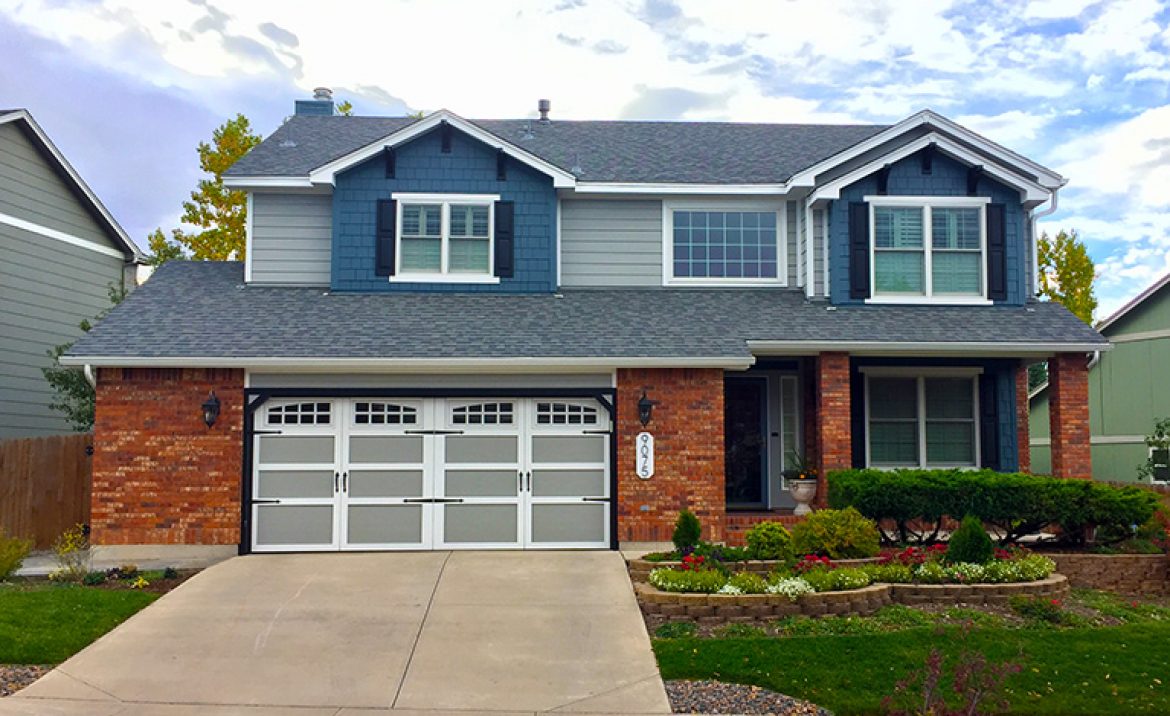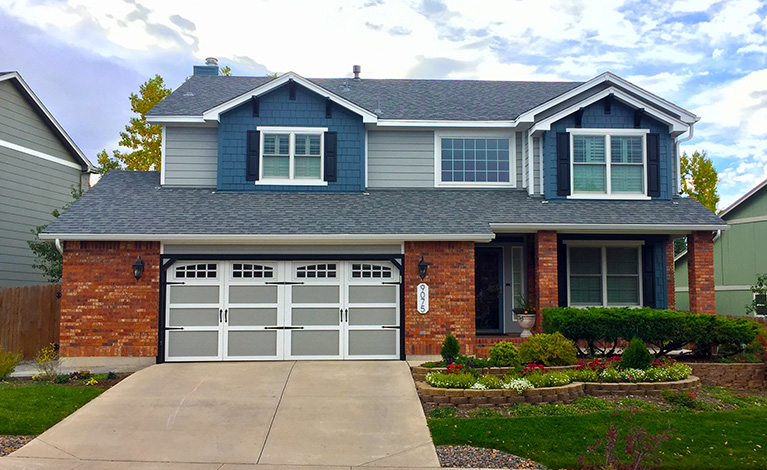Horizontal vs. Vertical Siding: Designing the Best Look for Your Colorado Home



When you’re shopping for new siding for your home, you may not have even considered anything but the same horizontal siding you see around most of suburban Colorado. However, there are varieties beyond the simple, standard horizontal siding.
Vertical siding is an eye-catching option you may want to consider before going down the “same as everyone else” route. Here’s a quick comparison of the horizontal and vertical siding options available from all directions.
Style Points
Farmhouse style and rural charm rule today’s design industry for its timeless yet comfortable appeal. Horizontal siding can easily lend itself to a farmhouse look, as it was originally used on barns and farmhouses.
Horizontal siding adds a little something extra to the look of your home without looking too outlandish or unusual. Additionally, vertical siding can be used in conjunction with horizontal siding, brickwork, or stonework as an added textural element.
Horizontal siding is more common and conventional; it’s probably what is covering most of the homes in your neighborhood. If you are considering replacing old, worn, or damaged siding and you want to keep the same look, horizontal siding is probably where you will turn.
Since horizontal siding has been commonly used on suburban homes for ages, it’s fairly reasonable to assume this look will never go out of style.
Durability
Since both horizontal and vertical siding are made of the same materials, they offer similar levels of durability and ease of cleaning. Fiber cement siding (both horizontal and vertical styles) is easily cleaned using a pressure washer and pressure washer compatible home/siding cleaner available at home improvement stores.
However, more care must be taken when cleaning horizontal style siding as to not blast water upwards or at an angle at the connecting lap joints, and potentially behind the siding.
When comparing durability, it is more about the actual installation than material, as they are both composed of the same materials. Vertical siding can be more resistant to water damage, while horizontal siding can allow rainwater and moisture to build up along the long edges of the planks, potentially dripping behind the siding strips. This can lead to mold and mildew damage behind the siding, leading to eventual structural damage to wood if it is left too long.
Vertical siding on the other hand, allows the water roll down, with no ledge area to build up, making it more resistant to water damage. Due to the nature of the installation, vertical siding is also more resistant to wind damage, particularly board and batten style vertical siding, making it a particularly ideal solution to install on upper level areas of your home.
Cost and Resale Considerations
Vertical siding does take a little more finesse and a few additional steps for installation. Furring strips must be installed before placing vertical siding to ensure alignment and stability— a step that isn’t necessary with horizontal siding. This additional step and material can add to the cost of installation. Of course, the cost of either material can vary greatly depending on the materials used.
Another consideration to make when deciding on siding type is the resale value of your home. The overall look of your neighborhood should be a consideration when making a big change to your home’s exterior; and resale value is one good reason why. If the rest of the neighborhood has a variety of exterior profiles (brick, scallop siding, shake siding, stucco, etc) then updating your home with vertical siding will fit in nicely.
If your neighborhood is full of horizontal siding clad homes with no variance, you’ll want to consider whether standing out from the crowd will help or hurt your value. While horizontal siding is more pervasive, vertical siding is gaining popularity; even if your neighborhood seems stuck on horizontal, this may not be the case in a few short years.
Get a Siding Contractor You Trust
Siding Pro specializes in the installation of James Hardie siding, the number 1 brand of fiber-cement siding found on over 5 million homes. See our siding guide to learn more about what makes James Hardie fiber-cement siding the best choice regardless of the type – horizontal or vertical.
No matter the type of siding you choose, make sure you consult a knowledgeable, reliable professional. Schedule a free siding consultation with Siding Pro today!






